A deadly, unrelenting heat wave has been impacting millions of Americans across the country.
Here are some scenes from around the nation as it tries to beat the heat.
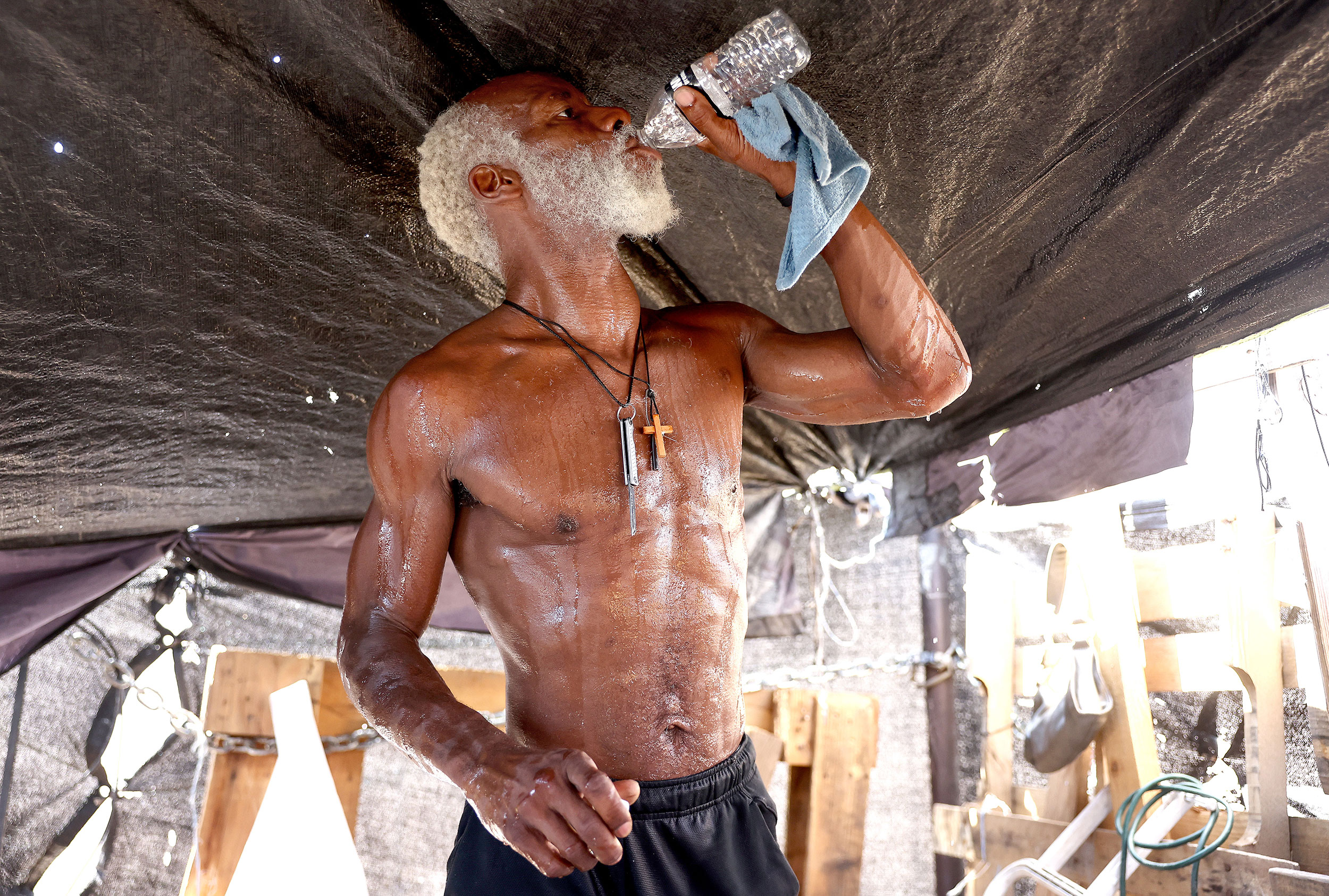
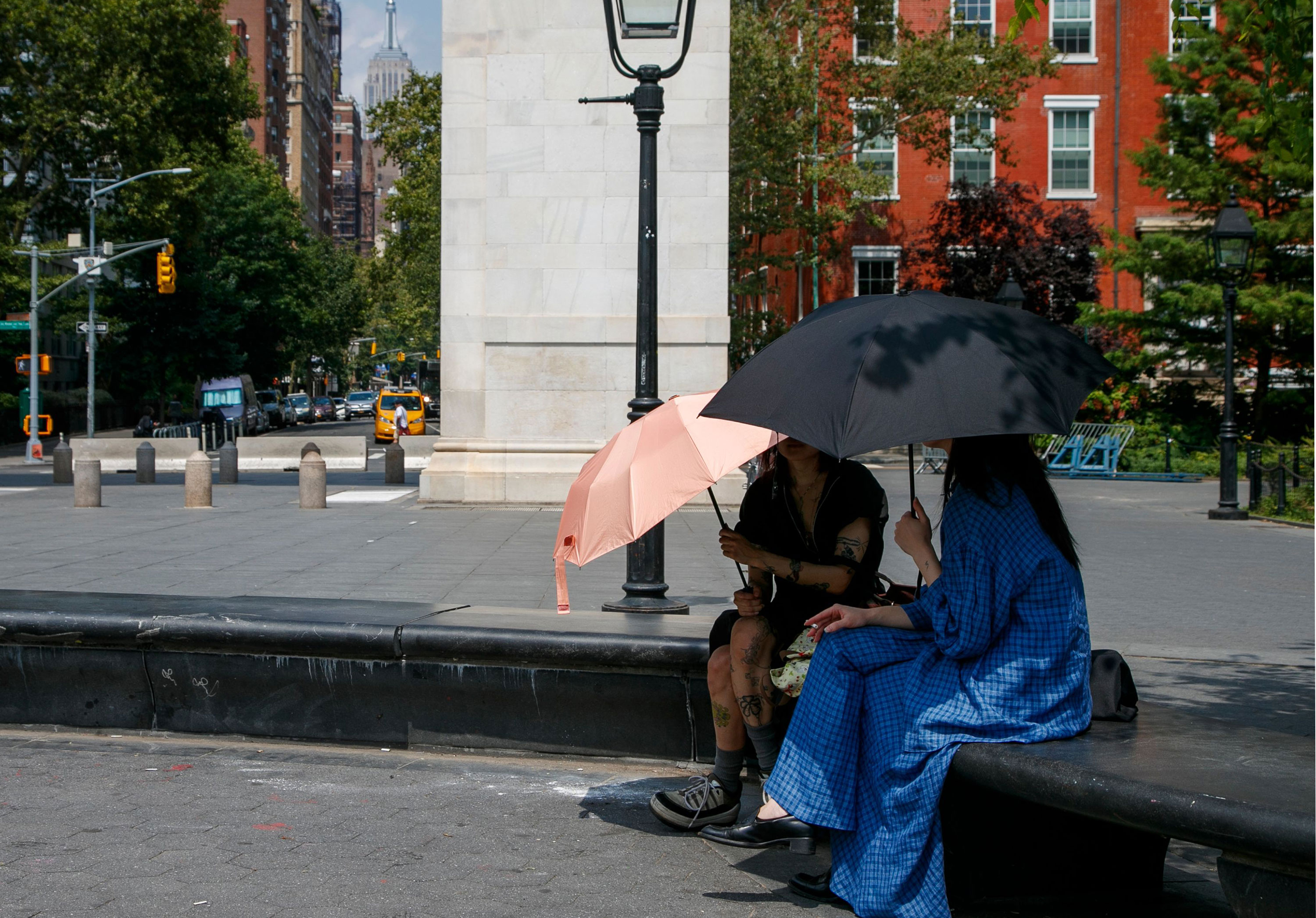


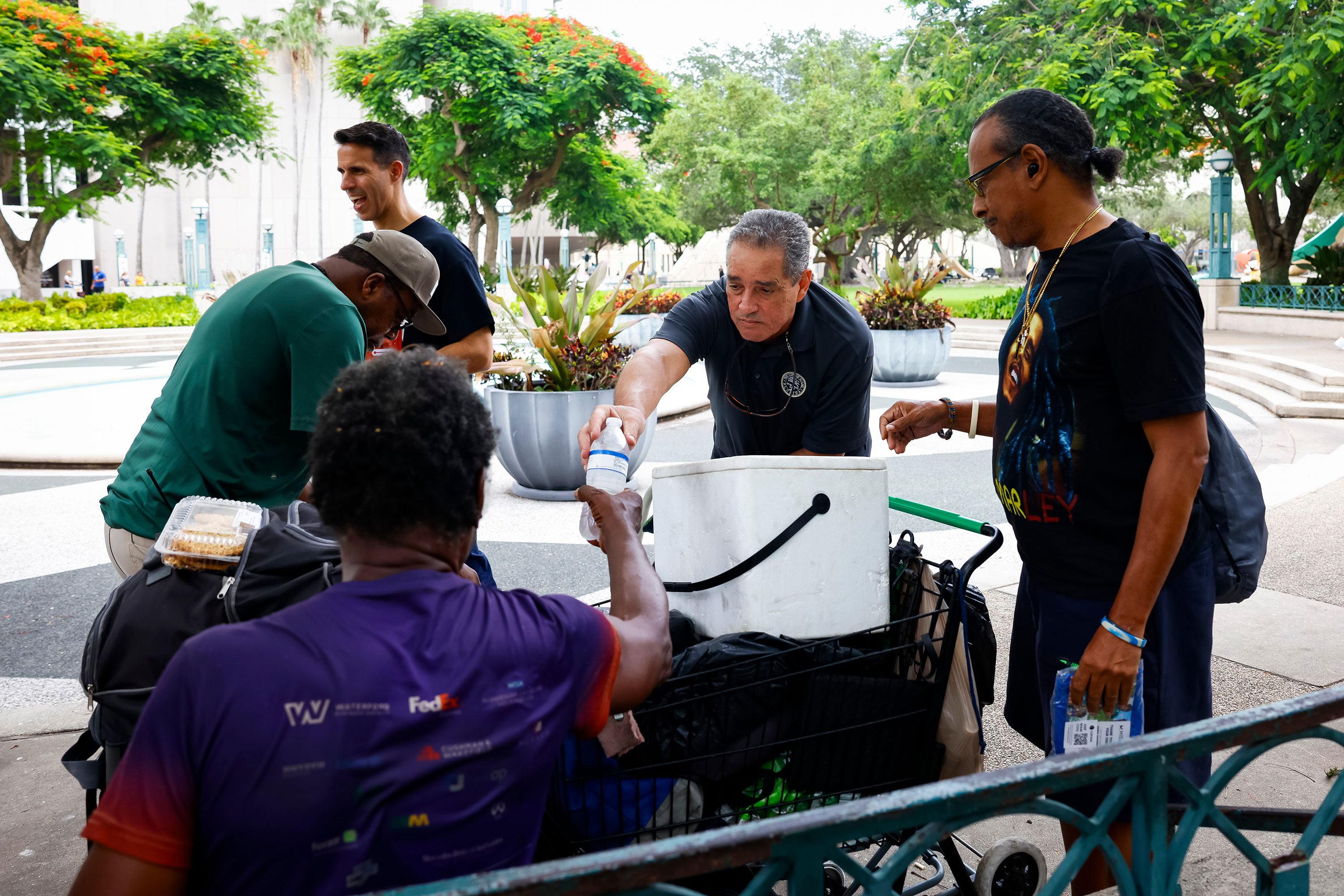

By Adrienne Vogt, Tori B. Powell and Dakin Andone, CNN
A deadly, unrelenting heat wave has been impacting millions of Americans across the country.
Here are some scenes from around the nation as it tries to beat the heat.






From CNN’s Macie Goldfarb
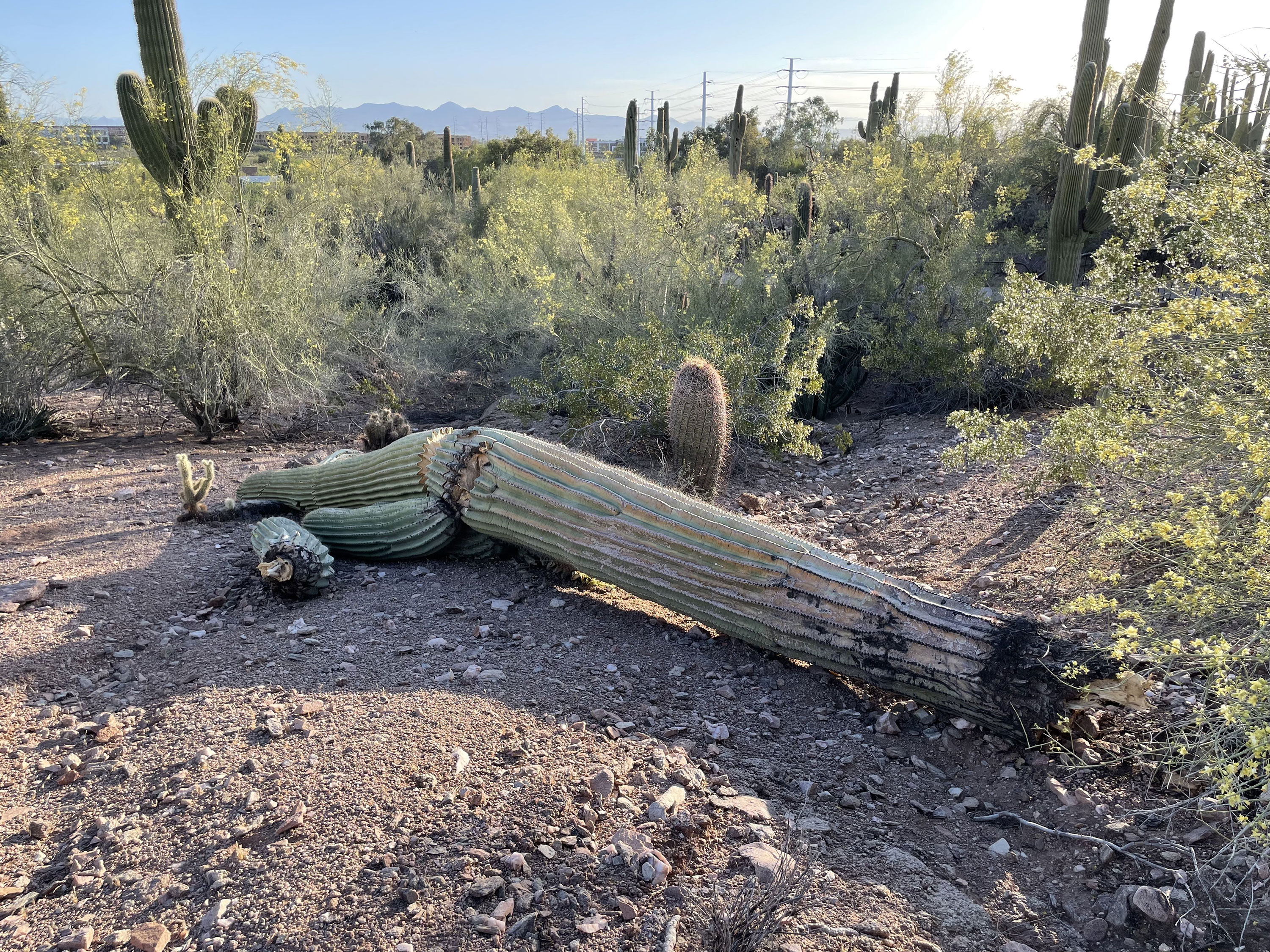
At a botanical garden in Phoenix, some cacti can’t take the heat.
Record-high temperatures, combined with a lack of seasonal monsoons, have caused saguaro cacti at the Desert Botanical Garden to become “highly stressed,” according to Chief Science Officer Kimberlie McCue.
She said a saguaro can appear “fairly normal” or feel somewhat squishy before it suddenly collapses and reveals it’s been rotting inside due to heat-related stress.
Every February, the Desert Botanical Garden takes inventory of its saguaro cacti and assesses each one’s condition. McCue said since 2020, when record temperatures at the time caused stress in many of the saguaros, she and her team have seen increased mortality in these plants at the garden. Present-day heat records are sending some of those affected cacti over the edge, causing them to lose limbs and even collapse.
Wednesday night ended a record streak of 16 days with a low temperature above 90 degrees in Phoenix. The city is forecast to see its 28th consecutive over-110-degree day again on Thursday.
Cacti carry out essential functions at night. That’s when they open their stomata, or pores, and carry out a gas exchange in which they take in the carbon dioxide they use to photosynthesize during the day. But because nights in Phoenix have experienced record-high heat, McCue said this suffocates and stresses out the saguaros, which dehydrates them and makes them more susceptible to infections and insects.
Saguaros are “beautifully adapted to heat and aridity, but they have their limits,” McCue said.
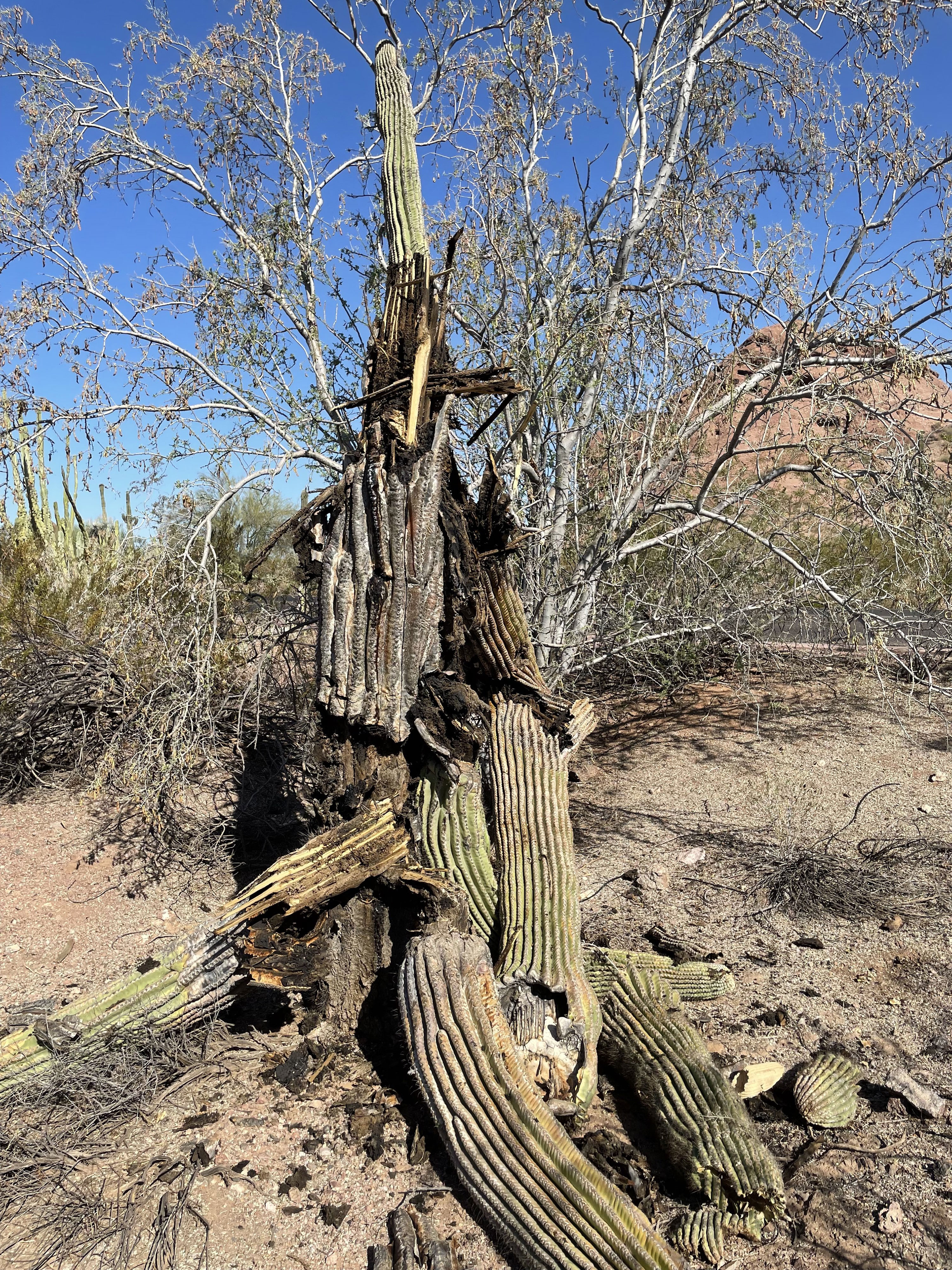
Phoenix is one of nine US cities where at least 1 million people live in neighborhoods that reach eight degrees higher than surrounding areas, according to a Climate Central analysis.
Farther south in Tucson, where temperatures are slightly lower but still surpassing 100 degrees, plant admirers like Erik Rakestraw aren’t seeing the same distress in local saguaros. He attributes the perseverance of Tucson’s cacti to the lack of a “urban heat island” effect that Phoenix is experiencing.
Rakestraw, curator of botany at the Arizona-Sonora Desert Museum, said domesticated plants near walls rather than in the wild are more likely to experience negative effects due to reflective heat.
However, he said the biggest threat to saguaros is that as temperatures heat up over time, new generations of the cacti species will struggle to grow at all.
This afternoon, the National Weather Service in St. Louis reported widespread heat indexes of more than 100 degrees Fahrenheit, with a few localities getting above 110 degrees.
Remember: Heat index is also called “apparent temperature.” It's a combination of air temperature and humidity, and it measures what the body actually feels.
From CNN's Laura Paddison
Scientists from two global climate authorities are reporting that this month will be the planet’s hottest on record by far — even before July has even ended.
The heat in July has already been so extreme that it is “virtually certain” this month will break records “by a significant margin,” the European Union’s Copernicus Climate Change Service and the World Meteorological Organization said in a report published Thursday.
“These are the hottest temperatures in human history,” said Samantha Burgess, deputy director at Copernicus.
Last month was the hottest June on record by a “substantial margin,” according to Copernicus.
Then in July, the world experienced its hottest day on record. On July 6, the global average temperature rose to 17.08 degrees Celsius (62.74 Fahrenheit), according to Copernicus data, beating the previous temperature record of 16.8 degrees Celsius (62.24 Fahrenheit) set in August 2016.
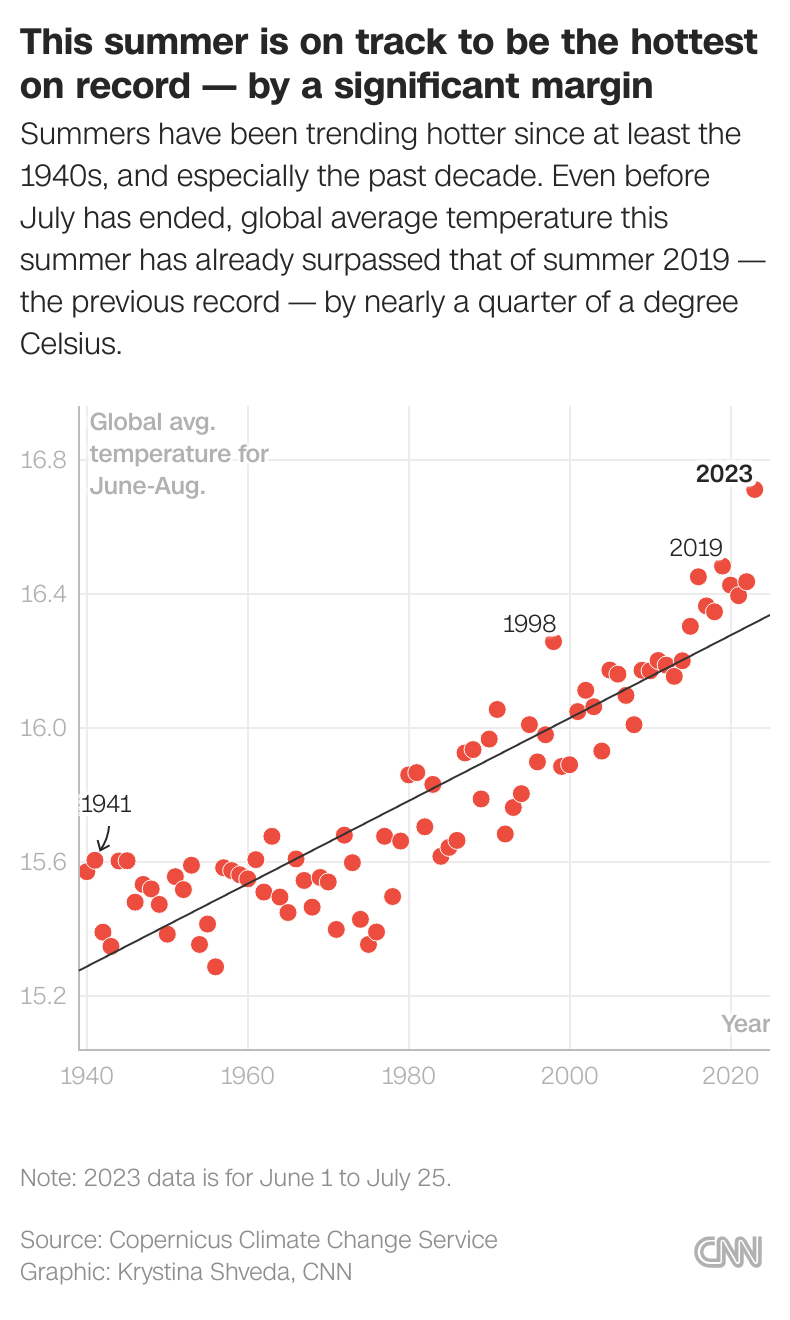
Kim Cobb, a climate scientist at Brown University who was not involved in the report, called the new July temperature record “eye-popping,” but warned that it will be broken again.
“It is scary to remember that in another decade, this will be viewed as a relatively cool year, most likely,” she said, adding, “if people don’t like what they’re seeing this summer, they will be in for quite a shock at the higher warming levels we’re heading for.”
From CNN's Aya Elamroussi and Eric Zerkel
The Northeast, Mid-Atlantic and Upper Midwest face an additional weather threat Thursday: strong-to-severe storms that could disrupt travel and knock out power during the sweltering heat.
Brief and isolated tornadoes can’t be ruled out, but the Level 2 out of 5 threat is primarily for damaging winds that could affect the entire I-95 corridor from Washington, DC, to Boston. The storms should fire up in the early afternoon into the evening and could affect the afternoon rush hour commute, so also look out for flooding on roadways.
Parts of northern Wisconsin and eastern Minnesota, including Duluth, Minnesota, are under a Level 3 out of 5 threat Thursday for damaging storms that could produce wind gusts as high as 75 mph along with large hail. The Twin Cities faces a Level 2 out of 5 threat, also for strong winds and hail. Wind gusts that strong could easily down power lines and make for a miserably hot powerless evening.
In case of power outages, here are some ways to keep yourself safe and cool:
CNN's Kristen Rogers contributed reporting to this post.
From CNN's Aya Elamroussi and Eric Zerkel

Heat is intensifying for millions of people in the Northeast and mid-Atlantic Thursday, creating a “heat health emergency” as nearly half of the country confronts dangerously high temperatures.
Around 150 million people from coast to coast are under heat alerts Thursday after extreme heat expanded into the highly populated I-95 corridor, bringing the highest temperatures of the year there.
The heat also won’t let up in the South and Southwest, where heat-related deaths are climbing, emergency rooms are filling with heat-related burn victims and even animals are falling victim to heat illness.
The temperatures are also testing infrastructure. PJM Interconnection – the nation’s largest power grid system – has declared an emergency alert. The move activates all systems to be online, including those with planned outages. PJM coordinates electricity for more than 65 million people in all or parts of Delaware, Illinois, Indiana, Kentucky, Maryland, Michigan, New Jersey, North Carolina, Ohio, Pennsylvania, Tennessee, Virginia, West Virginia and Washington, DC, according to its website.
Some areas dealing with severe heat include:
From CNN Travel staff
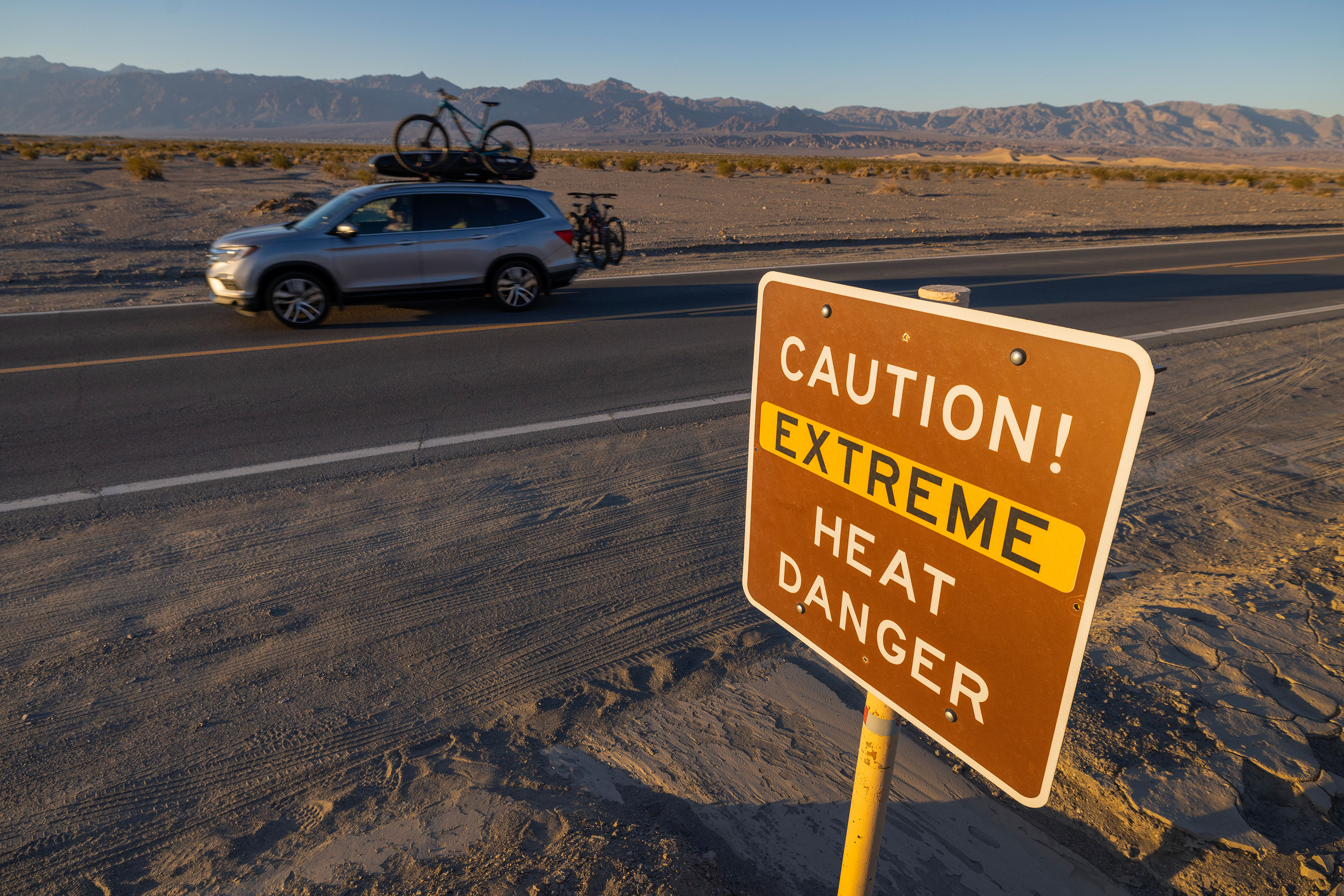
If you’re planning to visit one of the affected destinations during extreme heat, it’s unlikely you’ll be able to stick to your exact original travel plans.
In areas with scorching temperatures, travelers may struggle to sightsee at their usual pace and may need to adapt or scrap itineraries. This will be even more important for people with chronic health conditions or in high-risk categories, such as older people and young children.
While many vacations will be possible so long as advice is followed and precautions are taken, in certain circumstances, it may be advisable to cancel or reschedule your trips.
Here's how to cope and still enjoy your trip:
As with most meteorological events, heat waves are not typically covered by travel insurance companies, so no compensation will be offered if you cancel your trip because of rising temperatures.
It's hot out there — and dangerously so. If you are one of the over 150 million people across the US under heat alerts, let us know how you are dealing with the record-breaking temperatures.
From CNN’s Eli Masket and Chris Boyette
A 66-year-old woman died from hyperthermia during days of triple-digit temperatures in Texas this week, police said.
Vickie Duvall Jones was discovered by a neighbor Monday evening at the Villas on Bear Creek, a senior community apartment complex in North Richland Hills, Texas, police said.
She was taken to Medical City North Hills hospital, where she died at 12:30 a.m. Tuesday, according to North Richland Hills police.
Temperatures in the area have hit 100 degrees Fahrenheit the last few days, according to the National Weather Service: